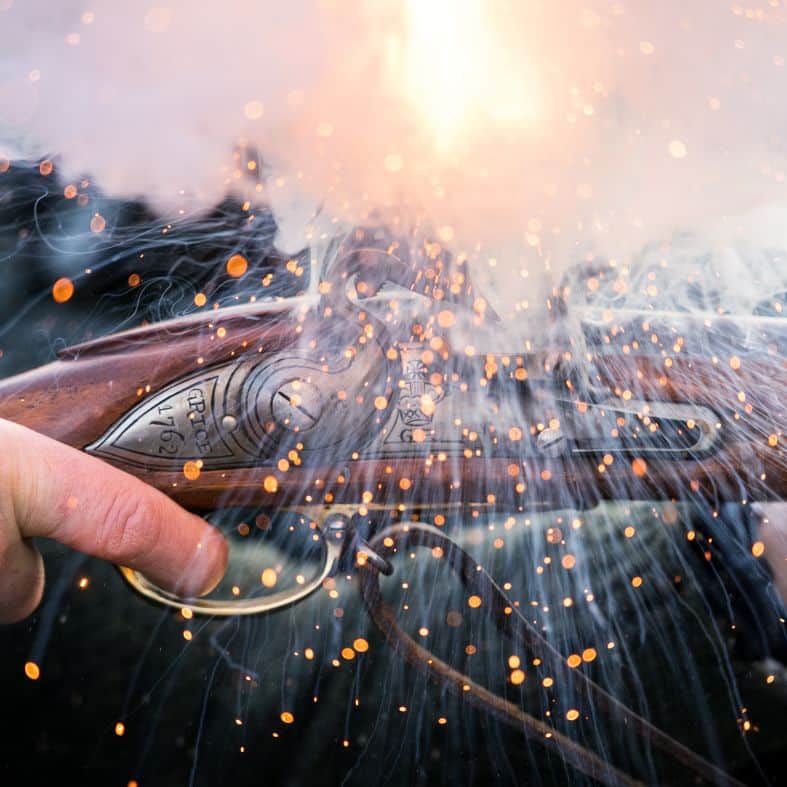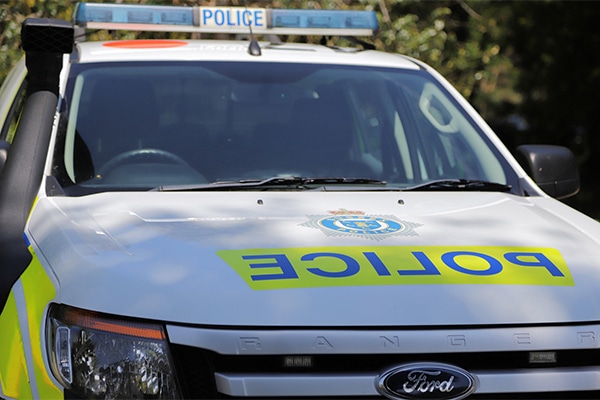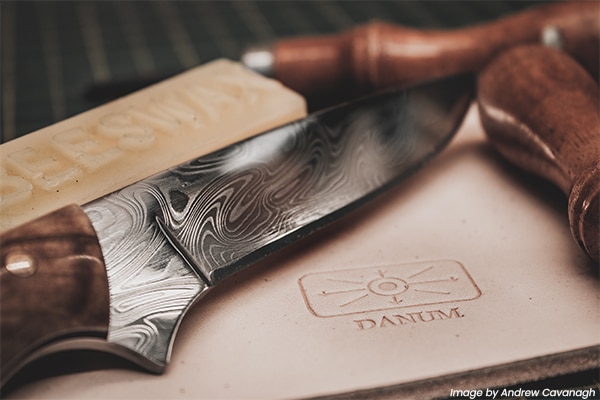
Permission for shooting on SSSIs and other protected sites
Many parts of the UK are covered by protected sites and permission is likely to be required in order to shoot or manage the land for shooting and conservation.
Get information on the legal shooting season for mammals and birds in the UK.
Learn about our current conservation projects and how you can get involved.
Comprehensive information and advice from our specialist firearms team.
Everything you need to know about shotgun, rifle and airgun ammunition.
Find our up-to-date information, advice and links to government resources.
Everything you need to know on firearms law and licensing.
All the latest news and advice on general licences and how they affect you.


Firearms Muzzle loading
This branch of the target-shooting sports has been growing in popularity over the past few years. It involves using either original old guns, or replicas of modern manufacture.
The sport is particularly attractive to those who have an interest in history – in our heritage.
A muzzle-loading gun is loaded – as the name implies – from the muzzle by pouring a measured amount of gunpowder down the barrel, then ramming a bullet on top of the gunpowder.
This is then fired in one of a number of different ways, depending on the type of firearm; it might be a flint striking steel to make sparks into a small pan of gunpowder on the side of the gun, and the flash from this passes through a small hole into the barrel. This is known as a “flintlock.”
There are a number of other methods of firing muzzle-loading guns, varying from a piece of smouldering string (known as a “matchlock”) to a percussion cap, which is not unlike the caps found in toy guns.
Although not many people are aware of it, a number of our common expressions, such as “a flash in the pan,” “going off at half-cock,” and “Lock, stock and barrel” come from the use and operation of these guns.
Muzzle-loading revolvers are also very popular with target shooters, with many different designs in production. Most of these are faithful reproductions of original, historic guns, and this represents an opportunity for anyone interested in the history of these guns to buy and use them without having to pay a great deal of money for original (and often very valuable) guns.
There are many different types of target competition for muzzle-loading guns, and as the Governing Body for muzzle loading within the UK the Muzzle Loaders Association of Great Britain (MLAGB) offers events for most muzzle loading firearms.
Muzzle-loading shotguns, which fire a large number of small round pellets rather than a single bullet, are also used for some clay pigeon shooting and game shooting.

Many parts of the UK are covered by protected sites and permission is likely to be required in order to shoot or manage the land for shooting and conservation.

Comprehensive guidance on the relationship between the police and shooting, including information on rights of entry and firearms seizure.

Our guide to carrying knives for use in the field, including country-specific information, choosing the right knife for you and prohibited weapons.
Sign up to our weekly newsletter and get all the latest updates straight to your inbox.
© 2023 British Association for Shooting and Conservation. Registered Office: Marford Mill, Rossett, Wrexham, LL12 0HL – Registered Society No: 28488R. BASC is a trading name of the British Association for Shooting and Conservation Limited which is authorised and regulated by the Financial Conduct Authority (FCA) under firm reference number 311937.
If you have any questions or complaints about your BASC membership insurance cover, please email us. More information about resolving complaints can be found on the FCA website or on the EU ODR platform.
This website uses cookies so that we can provide you with the best user experience possible. Cookie information is stored in your browser and performs functions such as recognising you when you return to our website and helping our team to understand which sections of the website you find most interesting and useful.
Strictly Necessary Cookie should be enabled at all times so that we can save your preferences for cookie settings.
If you disable this cookie, we will not be able to save your preferences. This means that every time you visit this website you will need to enable or disable cookies again.
This website uses Google Analytics to collect anonymous information such as the number of visitors to the site, and the most popular pages.
Keeping this cookie enabled helps us to improve our website.
Please enable Strictly Necessary Cookies first so that we can save your preferences!
More information about our Cookie Policy